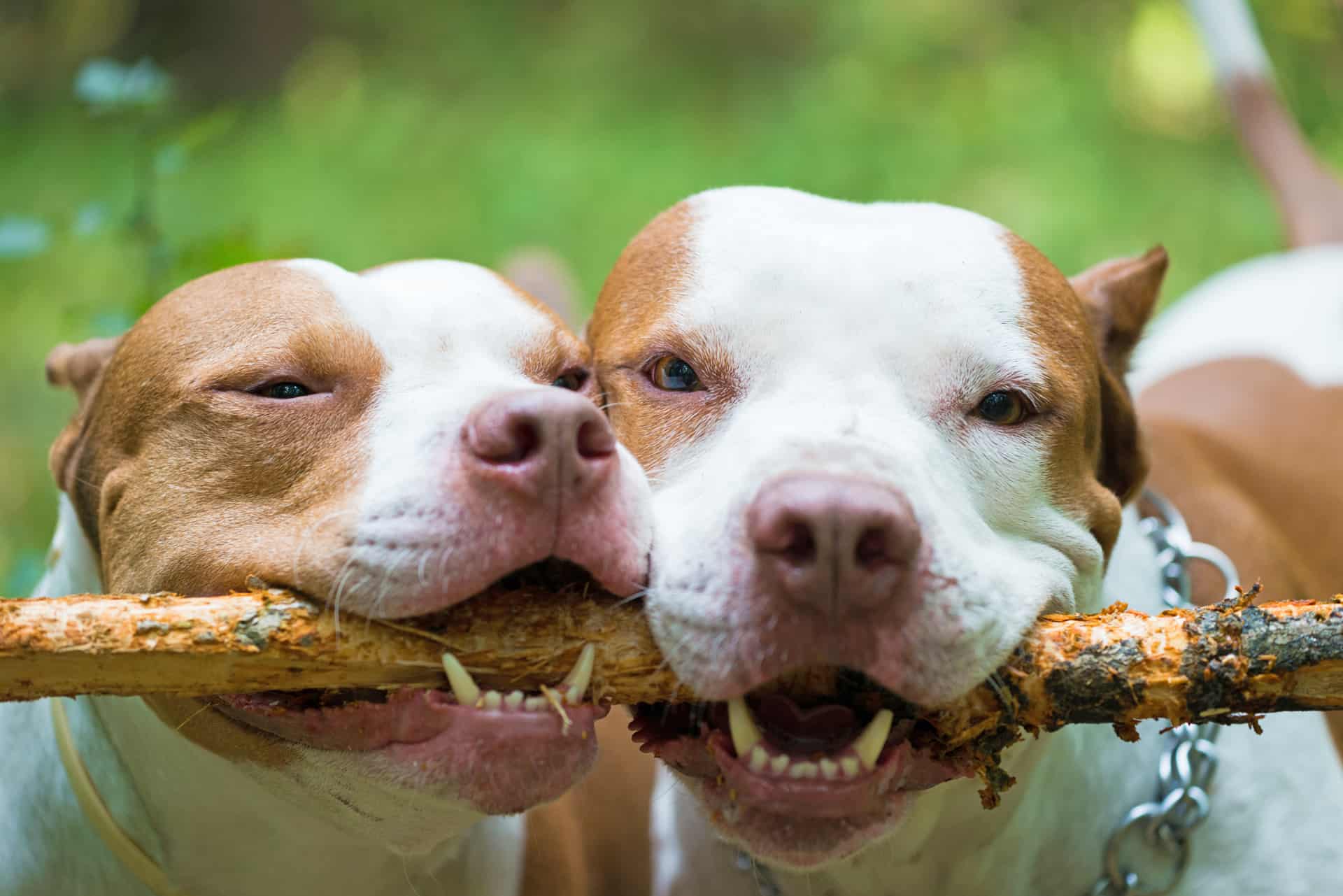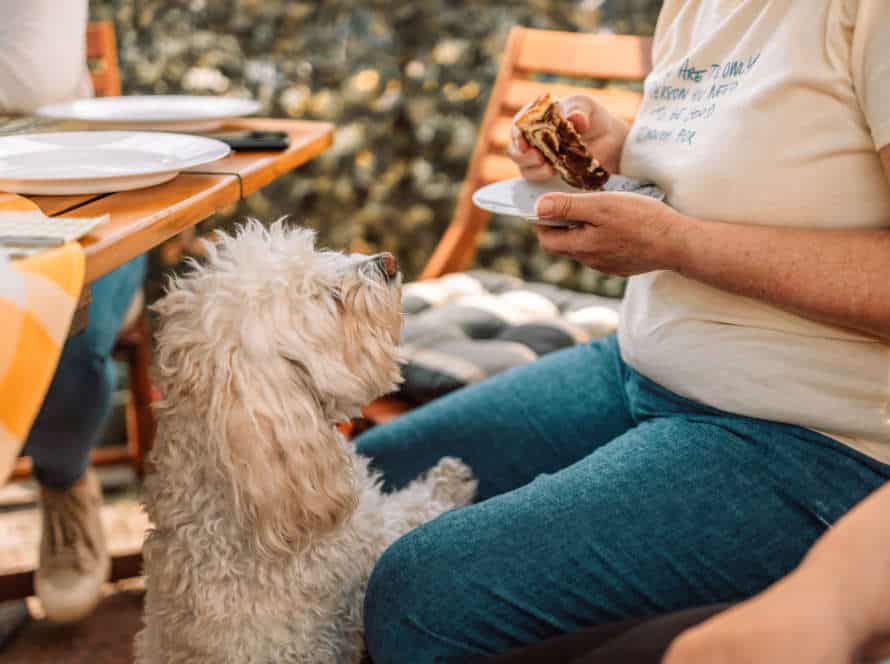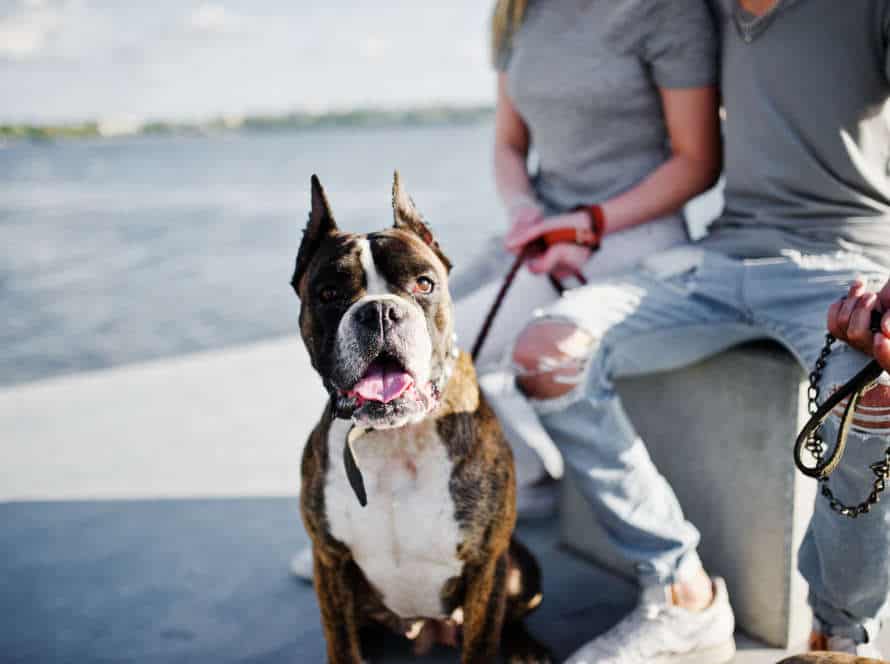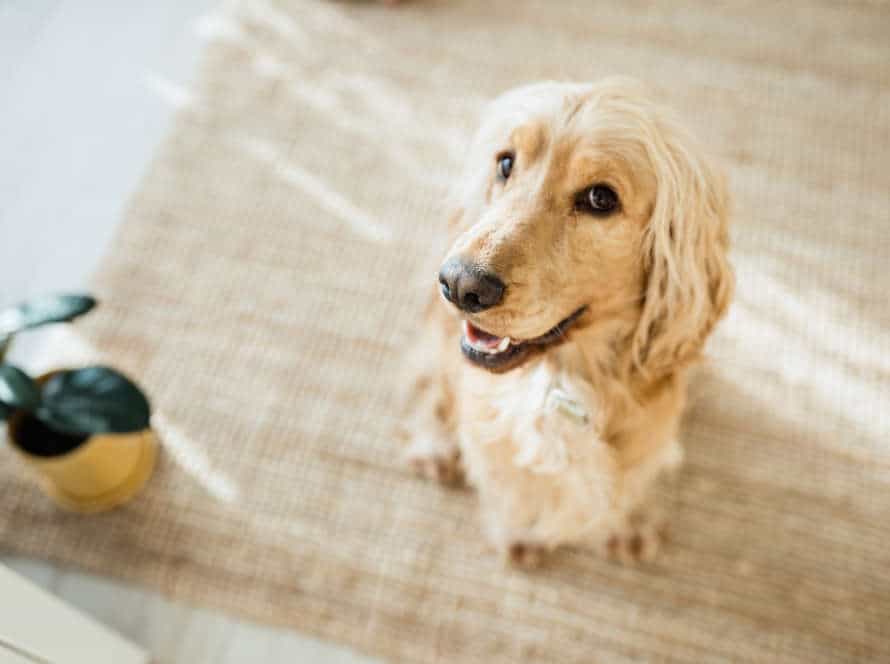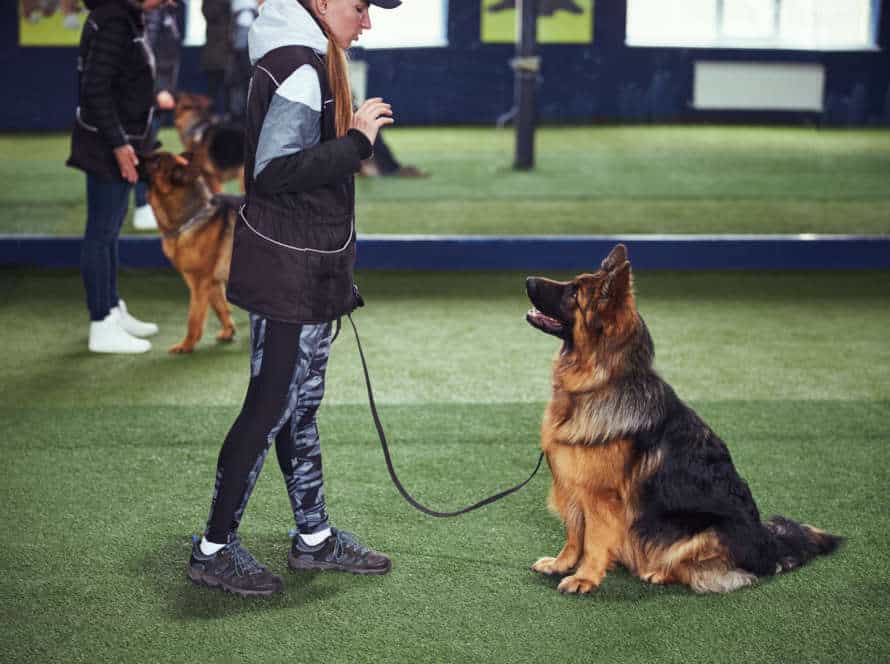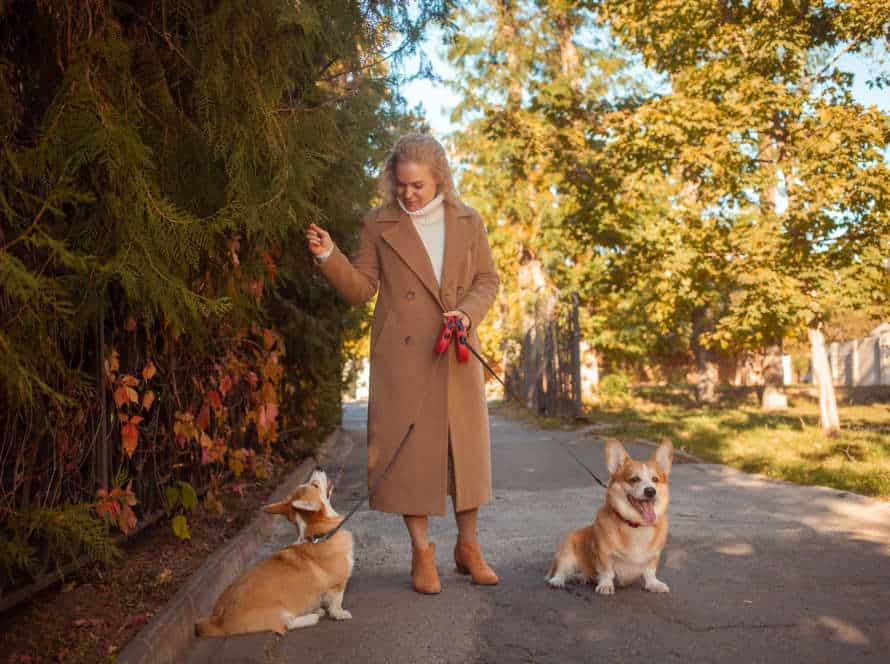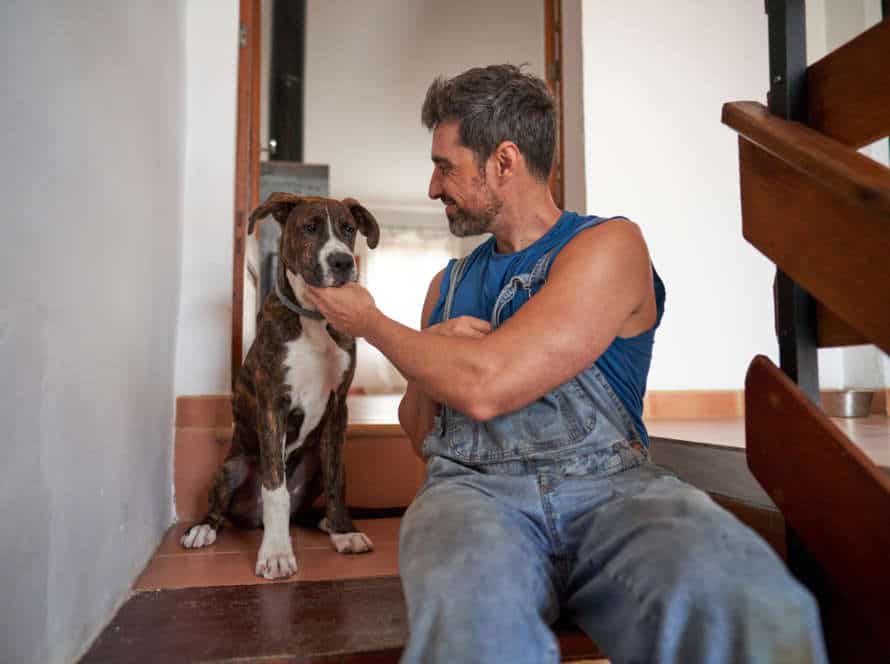Gradual Bite Inhibition Training
Bite inhibition is crucial for training a dog to be gentle with humans and animals. An effective way of teaching better bite control is to gradually increase the level of challenge. This section will discuss why bite inhibition is important, the various stages of learning, as well as the best ways of gradually ramping up the challenge.
What is Bite Inhibition Training?
Bite inhibition training helps puppies and dogs learn to control the pressure of their bites while playing and interacting with people.
- Start with easy exercises, like offering a treat from your hand and praising your dog.
- Progress to slightly harder exercises, like playing tug with a soft toy or ball and encouraging your dog to release it on command.
- Gradually increase the challenge, moving to tougher toys or treats and playing more active games, such as fetch.
- Always praise and reward your dog for good bite inhibition skills.
- Finish the session before your dog gets too tired or overstimulated.
With regular training, your dog will learn to control the force of their bites. Begin training early as puppies are more open to learning and forming habits at a young age.
Benefits of Gradual Training
Gradual training in bite inhibition offers lots of advantages for your pup’s wellbeing and lowers the danger of dog bites.
This training involves increasing the difficulty slowly, rather than jumping straight in.
The advantages of gradual training in bite inhibition include:
- Lower stress levels: Gradual training significantly decreases your dog’s stress, which can result in better outcomes.
- More confidence: Gradual training helps your dog have faith in themselves and feel safe in the training, making them more open to learning.
- Engaged behavior: Gradual training makes sure that your dog is taking part in the training, leading to more successful results.
- Less risk of bites: Gradual training works to lessen biting behavior over time, reducing the risk of harm to your dog and others.
By slowly introducing your dog to bite inhibition training and steadily increasing the difficulty, you can make sure a safer and more effective training process.
Importance of Consistency
Consistency is key when teaching your pup to stop biting with gradual bite inhibition training. This technique reduces nipping by increasing the challenge level of the training. Here’s how:
-
Start by teaching your pup to bite less on toys and treats.
-
Then, use your hands once they’ve gotten good at it with toys & treats.
-
Use the same words & signals each time, & reward for good behavior.
-
Gradually reduce the intensity of their bite, instead of stopping the training.
-
Repeat as needed until your pup is trained in bite inhibition.
Pro Tip- Be patient & consistent with gradual bite inhibition training. Celebrate every success & increase the challenge for a well-trained pup.
Preparing for Gradual Bite Inhibition Training
Train pup in bite inhibition? Start slow! Begin with gentle steps. As pup gets better, gradually increase the challenge. This way, pup can understand the basics first before attempting harder exercises.
Observe your Puppy
Before beginning bit inhibition training with your pup, observe their behavior and temperament. Doing so will help you understand them better. It will show their personality, energy, and triggers. Then, you can tailor the training to their needs. Here’s what to observe:
- See how they interact with people and animals. Are they too excited or scared?
- Check their bite strength and frequency. Do they bite too hard or too much?
- Look out for body language. Are they aggressive, stressed, or uncomfortable?
Once you know your puppy well, you can start the training. Begin with gentle redirection and work your way up.
Build a Strong Foundation
It’s essential to set a solid base before raising the challenge in bite inhibition training. This will ensure your pup learns to stop biting. Here are the steps:
- Set clear limits: Train your pup to recognize and obey boundaries, with consistent support.
- Start with soft toys: Give your pup cuddly toys to redirect their biting.
- Encourage socialization: Let your pup experience different things, including other dogs and people, in a safe environment to grow their social skills.
- Teach bite inhibition: Start with teaching your pup to control the intensity of their bites on your skin or other body parts.
Creating a strong base will help your pup learn the correct level of bite inhibition for any situation.
Gradually Increasing Challenge
Gradually increasing the challenge is an effective way to train your puppy in bite inhibition. It takes patience and consistency. Here are the steps:
- Start with light pressure from your fingers, and encourage your puppy to bite.
- When they bite too hard, say “no” in a firm, calm voice. Then, withdraw your hand for a few seconds.
- Return your hand and continue the exercise, encouraging your puppy to bite gently.
- Increase the pressure and hardness of the bites gradually. Use a toy or treat as a buffer or reward to reinforce good behavior.
- Practice and repeat the process until your puppy learns to control the force of their bites. Pro tip: Stay patient, consistent, and reward good behavior with praise and rewards.
Techniques for Gradual Bite Inhibition Training
Teach your pup to control the strength of their bite! That’s what bite inhibition is all about. The aim is to get them to reduce the pressure they use when playing or interacting with people. Training must be increased steadily. Here are some techniques to help you with this:
Distraction and Diversion
Distraction & diversion are must-haves in dog training. Introduce toys, treats, or other dogs & people to test the dog’s bite control. Divert their attention away from biting & onto better behaviors. Ask the pup to do a task or reward good behavior. Increase the difficulty gradually, so the pup can learn at a pace they can handle. Positive reinforcement only! Never punish during training.
Positive Reinforcement
Positive reinforcement is a great way to train your pet to stop biting. Here’s how:
- Begin with easy tasks, like teaching them to “sit” or “stay”.
- When they start biting, say “stop” or “no” and distract them with the task.
- As soon as they stop, give them a reward.
- Repeat this each time they bite.
- Increase the difficulty of the exercise gradually.
- Always use positive reinforcement, not physical punishment.
Consistency is key! Pro Tip: Bite inhibition training can take a while, but it’s worth it for a happy pet!
Negative Reinforcement
Negative reinforcement is a technique used to stop bad behavior in dogs, such as biting, chewing and jumping. The unpleasant stimulus is removed when the desirable behavior is done instead of punishing the pup.
Here’s how to train your pup with negative reinforcement:
- Begin with gentle play and give praise when the pup keeps its mouth soft.
- When they bite too hard, say “ouch” in a sharp tone and end playtime.
- Wait a few minutes and start playing again with a toy or chew that won’t hurt you.
- Repeat the process, increasing the duration and intensity as the pup learns to control its bite.
Pro tip: Consistency is key. Reinforce good behavior every time and remove the reward when negative behavior occurs. This way, the pup will learn that desirable behavior is rewarded and bad behavior has unpleasant consequences.
Troubleshooting
Training bite inhibition can be tricky! Don’t underestimate it. Increase the challenge gradually, and keep raising the stakes. If you run into any issues, help is here!
Let’s look at common problems, and how to tackle them.
Addressing Regression
Regression in bite inhibition training can occur when a pup or pooch reverts to biting or mouthing behavior, in spite of prior progress in their training. Amplifying the challenge of the training bit-by-bit can help with regression and strengthen the desired behavior. Here’s how:
- Identify the particular triggers or scenarios that make your dog start mouthing or biting.
- Progressively increase the difficulty level of the training by presenting the triggers or scenarios from step one in a managed way.
- Utilize positive reinforcement techniques, like reward-based training and regular praise, to promote the preferred behavior (i.e. not biting or mouthing).
- If needed, go back to easier training levels and move up gradually.
By following these steps, you can assist your dog with regressing and carry on with their bite inhibition training. Pro Tip: Consistency is essential in bite inhibition training, so make sure to adhere to a routine and positive reinforcement techniques.
Common Mistakes During Training
Common blunders made during bite inhibition training are not gradually raising the challenge for your pup, causing frustration and backsliding in their growth. Here are some tips to help you step up the challenge during your pooch’s bite inhibition teaching:
- Introduce new materials like gloves, socks, or a tug-toy to coach your pup to learn appropriate biting tactics without hurting human skin.
- Teach your pup to use their mouth just during playtime, not during training sessions or when interacting with humans.
- Gradually raise the distance between you and your pup during training exercises or add distractions to build your dog’s self-control.
By gradually increasing the challenge in your pup’s bite inhibition training, you will help them form lifelong good habits and guarantee their safety around humans. Pro tip: Always be patient and consistent in your training techniques to get the best results.
Seeking Professional Help
Increasing the challenge bit by bit is a great way to teach your dog to control their bites. If it’s difficult, consider getting help from a professional. They can identify any issues in your bite inhibition training, and provide tailored solutions and tips to suit your dog’s breed, personality and learning style. Plus, they can help you use positive reinforcement techniques and keep you and your pup safe. It’s worth getting help from a qualified, experienced trainer if you’re having trouble.
Pro tip: Make sure you pick a reputable dog trainer for the job.
Consistency is Key
Consistency is key for mastering the art of bite inhibition training. Keep expectations and commands the same from session to session. Gradually increase the challenge as your pup gets used to it. Increase duration of sessions, or add objects and distractions to the environment.
Let’s look at the strategies for this process.
Importance of Continuation
Continuation is essential for puppy bite inhibition training. Consistency is essential. Gradually adding difficulty is helpful in the long run. Here are some reasons why continuation is important:
- Repetition helps puppies learn;
- 3-6 months is a critical age for training;
- it shapes behavior as they grow up;
- gradually increasing difficulty avoids boredom and loss of interest.
By continuing to reinforce the message with consistent, gradual challenges, the chances of your puppy learning the right techniques are greater. Pro Tip: Use positive reinforcement, like verbal praise or treats, to guide your puppy’s behaviour.
Life-Long Habits
Constructing habits that last a lifetime needs consistency and bit-by-bit progress in training your dog not to bite. Here are some tips:
- Begin with basic commands, e.g. ‘sit’ and ‘stay’.
- Introduce the ‘no bite’ or ‘gentle’ command when you’re playing and interacting with your pooch.
- Reinforce good behaviour with rewards such as treats, compliments, and belly rubs.
- Make it harder by slowly decreasing the size and solidness of the toys you use for playtime.
- If your pup bites, immediately end the game and calmly say ‘no bite’.
- Keep training regular and short for the best results. Consistency is essential for establishing lifelong habits with your dog.
Final Thoughts and Conclusion
Finally, consistency is super important when teaching your pup bite inhibition. Start early and be consistent when training and rewarding your pup for good behavior. Always use positive reinforcement like treats and praise. Step by step increase the challenge with new stimuli, in a controlled environment. Patience and consistency are key! With these tips, your pup will learn to inhibit biting. Pro Tip: Every pup is unique, so don’t give up if it takes extra time and patience!
Frequently Asked Questions
Q: What is bite inhibition training?
A: Bite inhibition training is the process of teaching a dog to control the force of its bite. It is an essential aspect of dog training that helps prevent accidents and aggression towards people or other animals.
Q: When should I start bite inhibition training with my puppy?
A: Bite inhibition training should begin as soon as possible, ideally when your puppy is between 8 and 12 weeks old. This is the time when puppies start to develop their bite inhibition skills naturally, and it’s easier to teach them proper bite inhibition during this stage.
Q: How do I gradually increase the challenge in bite inhibition training?
A: The best way to gradually increase the challenge in bite inhibition training is to start with very gentle mouthing and gradually work your way up to harder bites. You can also vary the texture and location of the items that your puppy is mouthing to help it learn to control its bite in different situations.
Q: What should I do if my puppy bites too hard during training?
A: If your puppy bites too hard during training, immediately give a firm “No!” or “Ouch!” to let it know that it has crossed a line. Then, redirect its attention to an appropriate chew toy so that it can continue practicing proper bite inhibition.
Q: How long does it take to train a puppy in bite inhibition?
A: The length of time it takes to train a puppy in bite inhibition varies depending on the individual dog and the consistency of training. It’s important to remember that bite inhibition training is an ongoing process that requires patience and persistence.
Q: Can an adult dog still be trained in bite inhibition?
A: Yes, it is possible to train an adult dog in bite inhibition. However, it may require more effort and patience as the dog has already developed certain bite habits. With consistent training and positive reinforcement techniques, an adult dog can still learn proper bite inhibition skills.

